Cap Fabric Guide
Buying caps are no simple task.
The color, style and fabric are all important factors that have to be taken into consideration.
Knowing the benefits and types of fabric, in particular, are vital for anyone looking to buy quality headwear.
Cotton
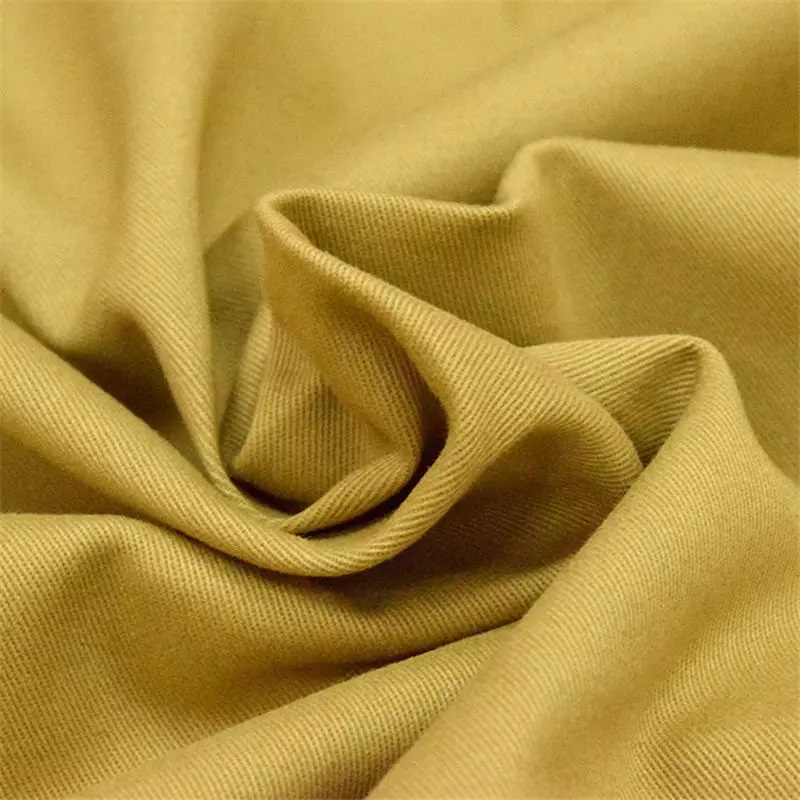
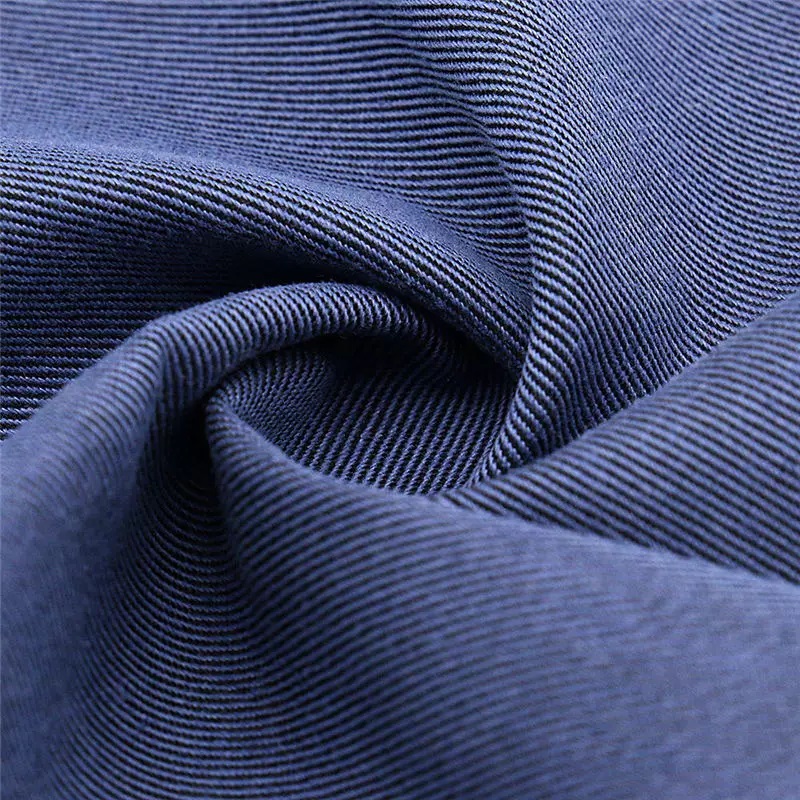
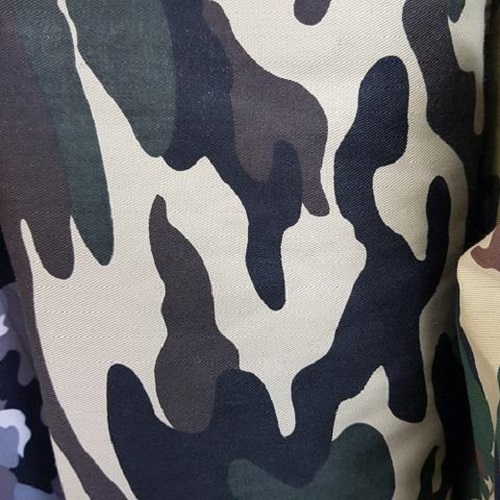
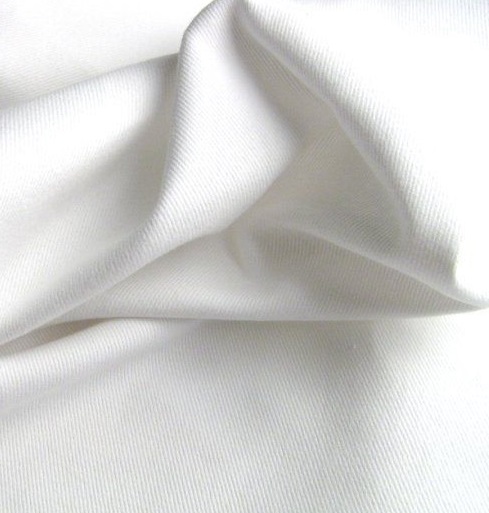
A natural fiber spun into yarn, cotton is one of the most commonly used fabrics to make headwear from.
Cotton is an everyday fabric for everyday use. Cotton shows up everywhere, and in most hats.
Benefits:
Soft and comfortable.
Durable.
Versatile.
Accepts dyes very well.
Absorbent.
Because cotton is so versatile, there are many variations to it, making the fabric a mainstay all year round. Chino twill cotton, for example, is really soft and light, which is perfect for the warmer months of the year. Heavy brushed cotton, on the other hand, adds some real depth to the products, as well as working well in the cooler winter months. There are also other variants such as organic cotton giving environmental benefits and treated cotton like oiled cotton which gives a rugged look, whilst repelling rain. To put it simply, cotton fabric is frequently used for baseball caps because it is so versatile.
Polyester
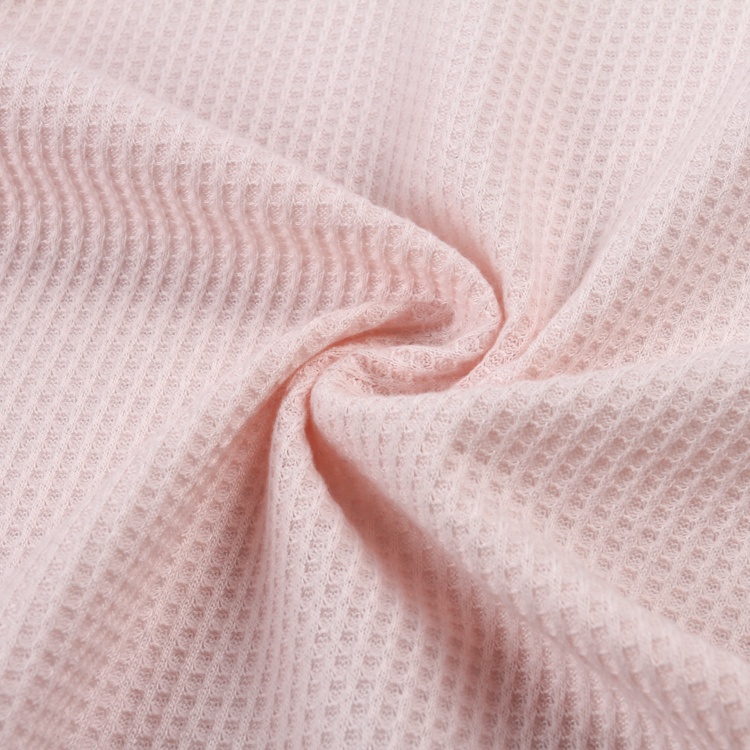

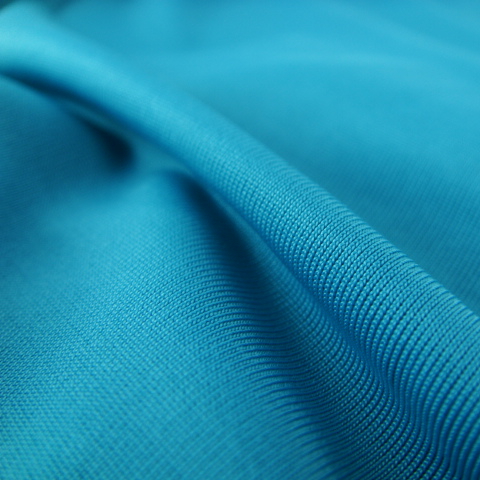
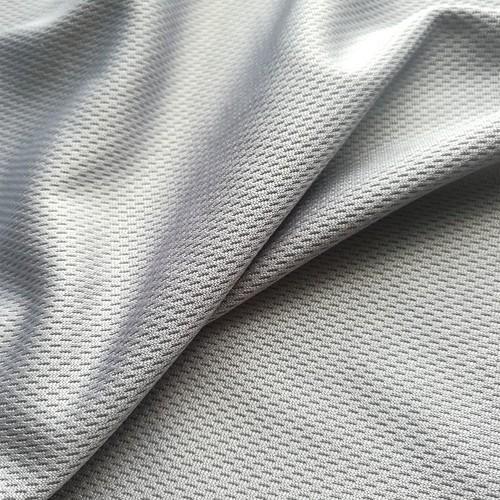
These manmade fabrics are also key in the headwear industry. Polyester for example which is an oil based fabric, has many uses, namely in the sports industry. Standard Polyesthylene Teraphthalate, also known as polyester, shows up all over hats in brims, mesh and linings.
Benefits:
Immensely strong and durable.
Has brilliant color fastness.
Holds its shape after washing.
Insulating and breathable.
Resistant to mold and bacteria.
Mixes well with other yarns such as cotton.
Loved for its wrinkle free appearance and typically cheaper cost, polyester is a crucial fabric to consider when buying headwear, especially if sports are at the heart of your next promotion.
Polyester is a great fabric to blend with other materials. For example, combining the strength of polyester and the soft feel of cotton together (Poly/Cotton) creates a cap that is breathable and highly durable. Wool, cashmere and even bamboo charcoal are all fabrics that can be woven together with polyester. It is a truly remarkable fabric.
Acrylic
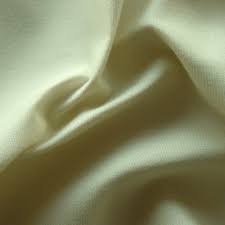
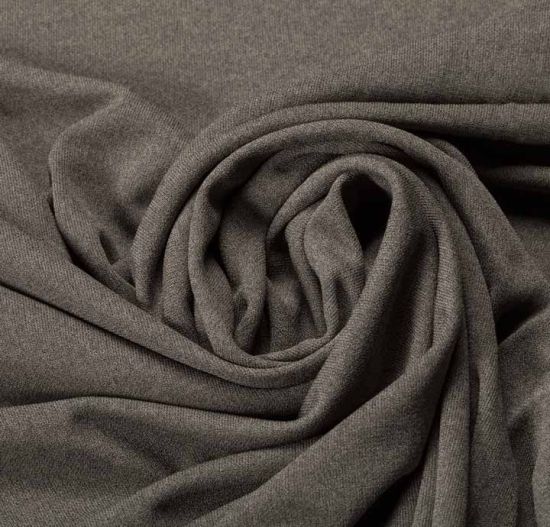
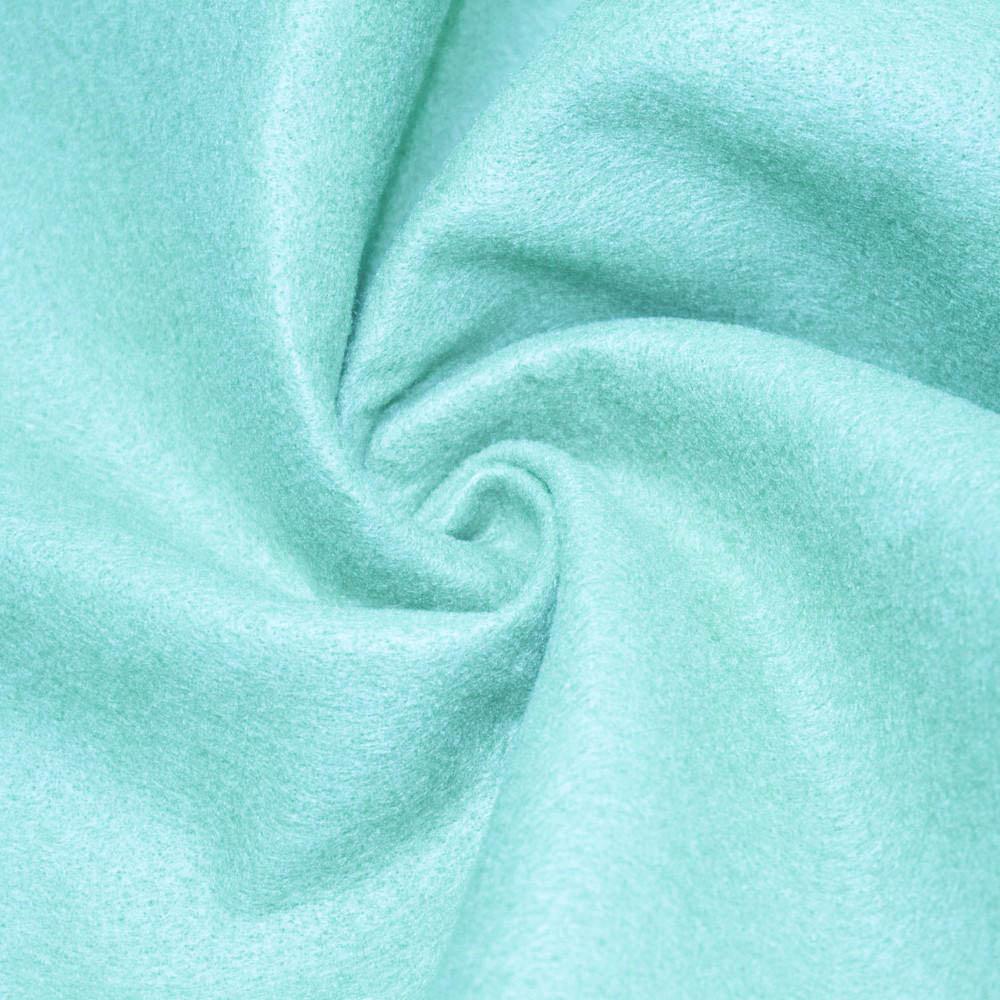
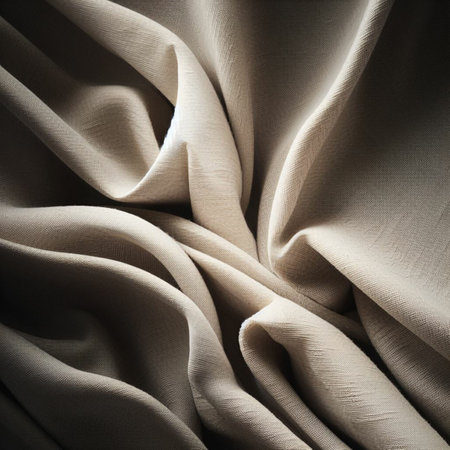
A synthetic fabric made from the acrylonitrile monomer.
There are many bonuses to an acrylic hat: resistance to sun plus they’re cheap and colorfast. You will find acrylic in just about every hat style for those reasons.
Benefits:
Soft.
Easy to dye.
Retains shape.
Machine washable.
Durable.
Insulating.
Due to its ability to be made into many thicknesses, acrylic is a great choice for snapbacks and beanies. The reason for this is that it holds its shape very well, which is particularly important for any snapback lover. Acrylic yarn makes a great beanie hat. A beanie has to stretch for the wearer but it returns back to its relaxed state without losing shape when it is not being worn. This durability is precisely the reason why it is the fabric of choice for these two product categories.
Faux suede
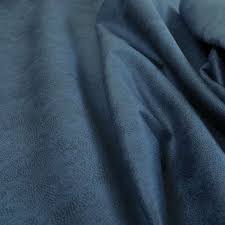
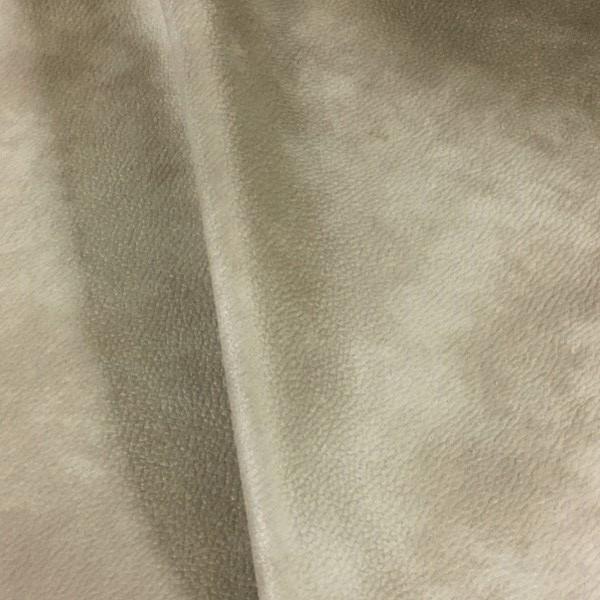
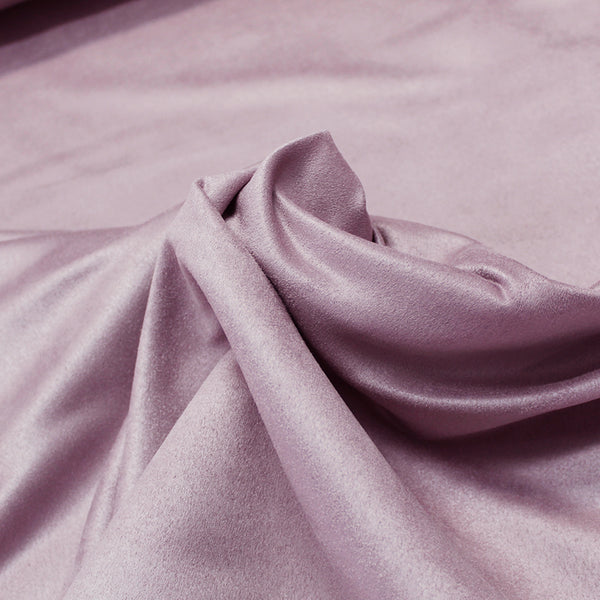
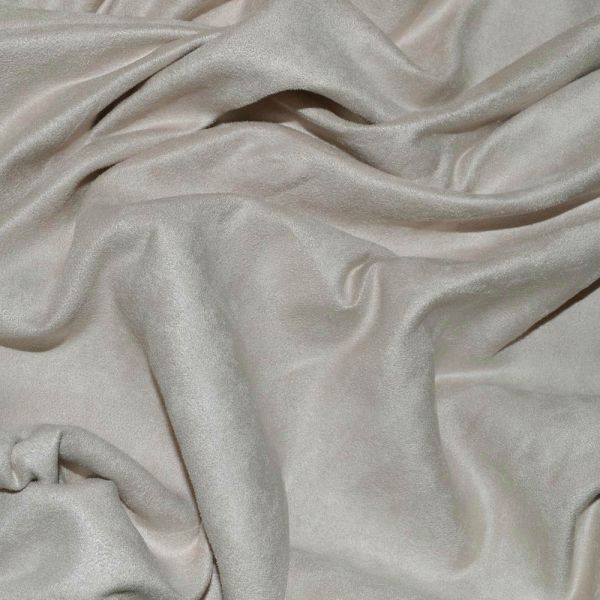
Made from polyester, but having all of the tactile attributes of real suede, faux suede is a real head turner. Incredibly soft, available in striking colors and more importantly on trend, faux suede is a pick of the more unusual fabrics that are available.
Denim
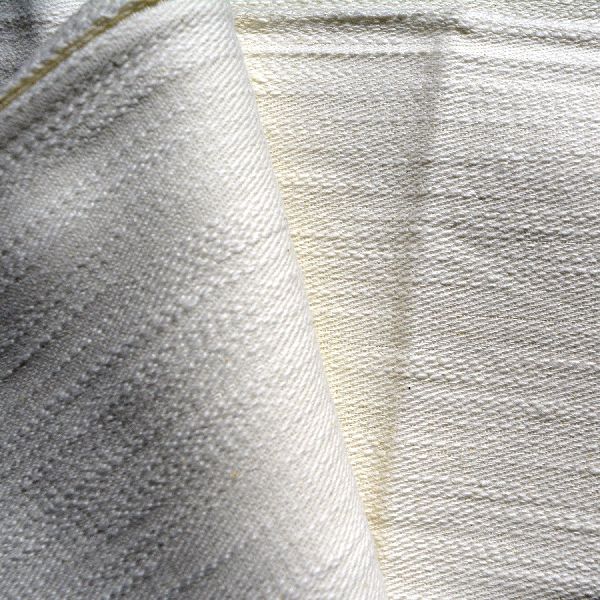
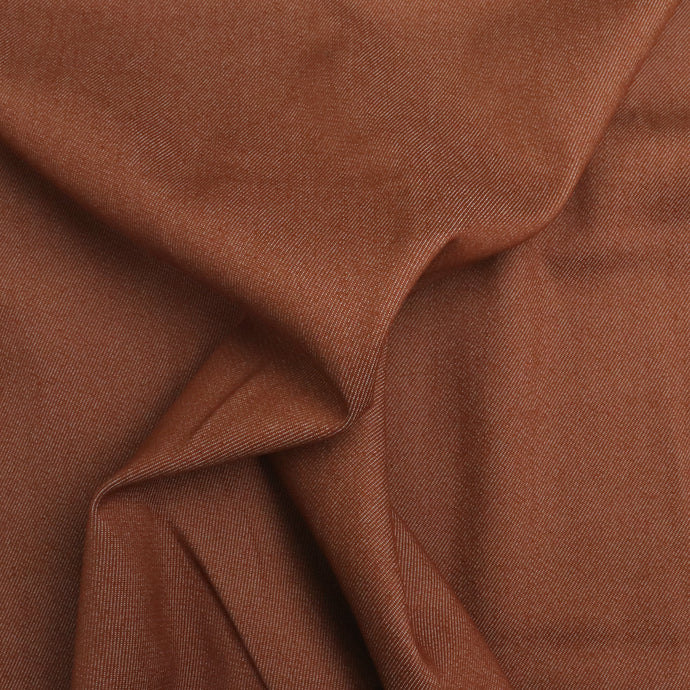
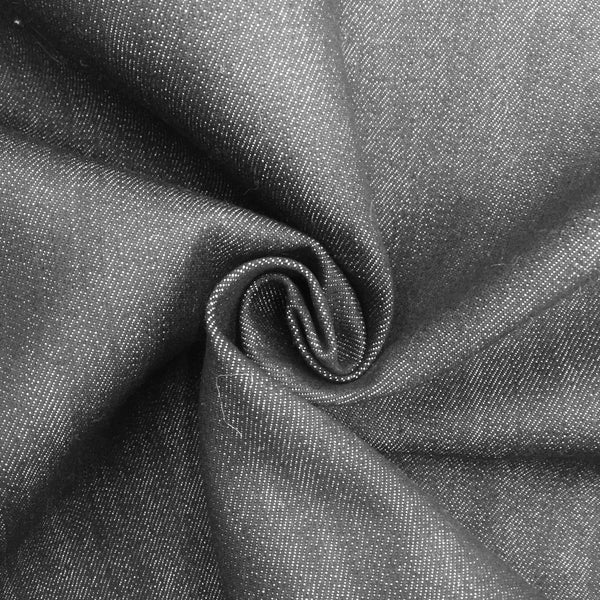
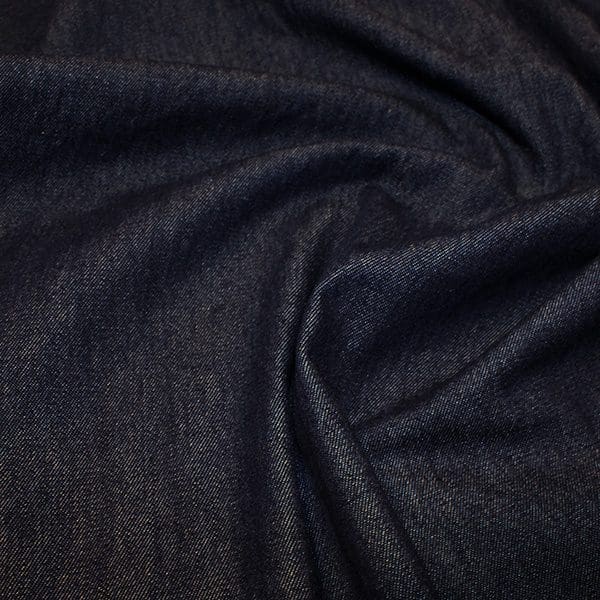
Thicker and stronger than regular cotton, this fabric has been used for decades and isn’t going anywhere. However, our chambray denim is a lighter alternative to regular denim. It’s great for staying stylish in the sun, whilst remaining true to the classic denim look.
Sneaker Mesh
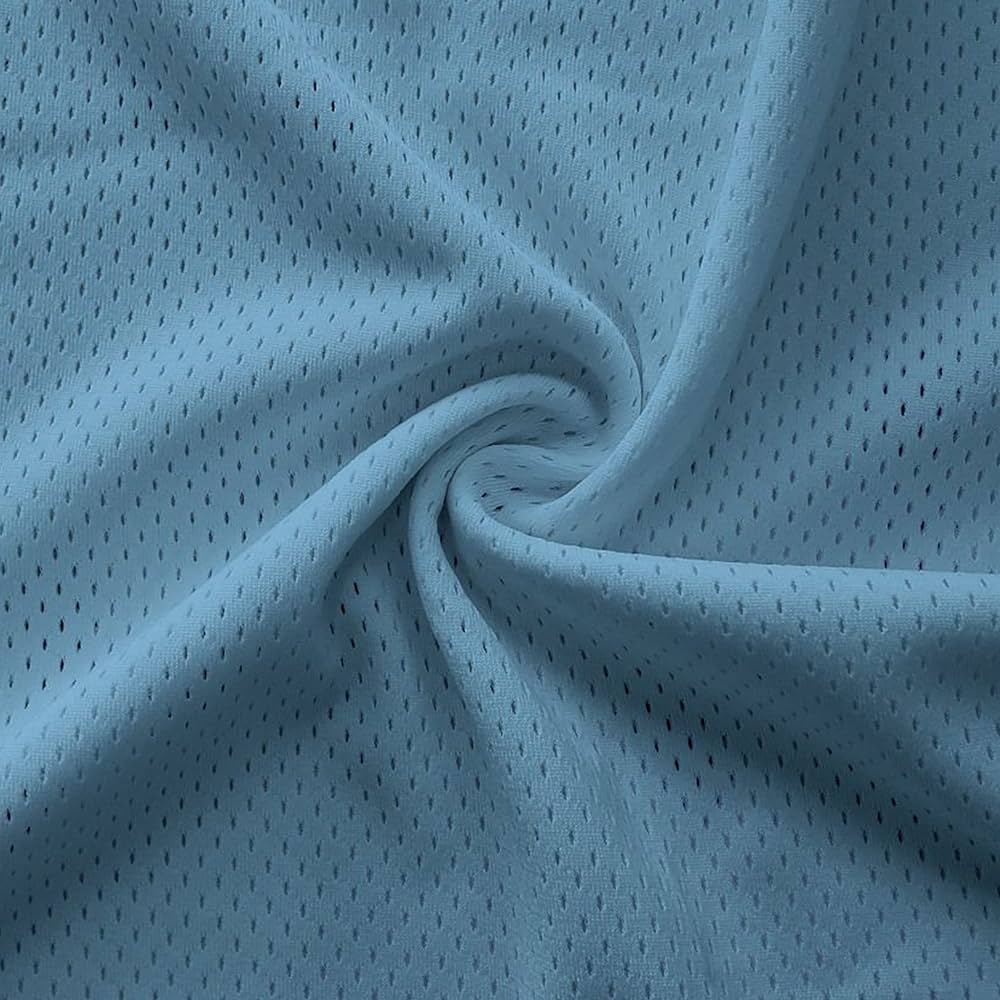
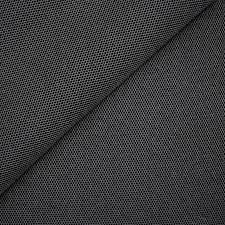
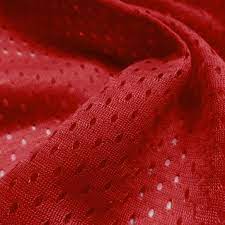
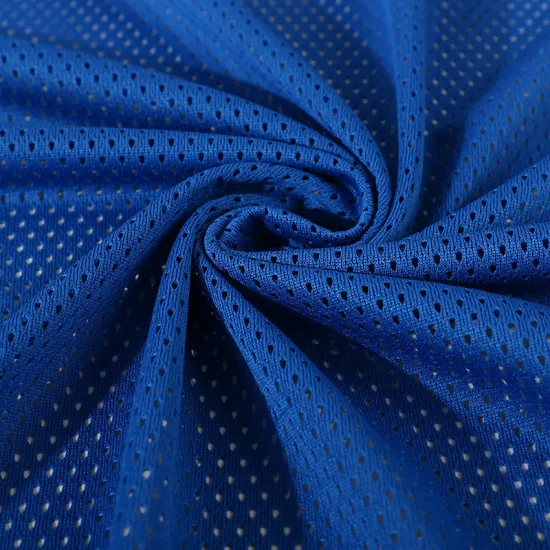
Mesh is yet another form of polyester and it adds another dimension to the product’s breathability. One cap in our range actually comes fitted with Sneaker mesh to the rear panels – the very same mesh that you will find on your beloved running shoes.
Wool




Natural fabrics such as sheep’s wool are soft and very warm to wear. Having a cap made from wool or even cashmere really does add a touch of class. Made from the hair of sheep, wool is soft and flexible. It is also resistant to fire. Wool can also be insulating and therefore comes in handy for hats. Wool is making a comeback with 5-panels and snapbacks, and it is also commonly seen in fashion caps.
Hats these days come in all sorts of shapes, sizes and materials. Materials can, to some extent, limit the style of the hat. You probably won’t see too many straw flex fits or shower caps, and you can’t expect to find a nylon Viking hat – it just wouldn’t make sense.
Liked this article?
Thank you for blessing us in any way, form or kind

